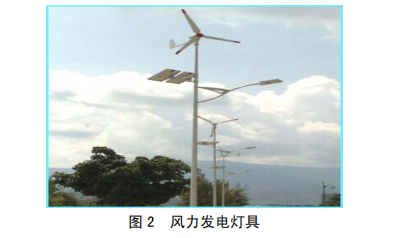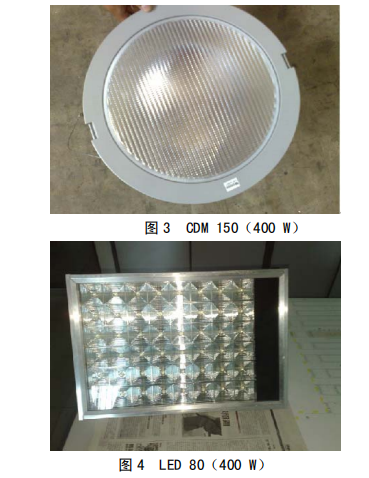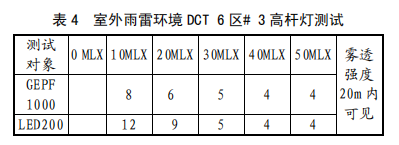In-depth exploration and research on high pole lighting energy saving technology
Abstract: To promote energy conservation and emission reduction at ports, several energy savings High pole lights for power saving technology and several energy-saving lamps for research. The solar energy saving and wind power generation technologies were introduced separately. After testing and comparing the four energy-saving lamps, the power saving suggestions for the high pole lights of the terminal yard were put forward.
Energy saving and emission reduction has become a basic national policy in China. Building a green port is the responsibility and obligation of the port manager. The construction of green ports involves all aspects of port construction, all aspects. This paper hopes to provide some reference for the selection of high pole lights and the transformation of high pole lights in port construction in the future through the exploration and research of high pole light saving technology in port lighting facilities.
1 Research on high pole lighting energy saving technology
1.1 Solar energy saving
Solar lighting is currently developing rapidly and has begun To the development of high power, the brightness of the lighting can also meet the requirements. However, due to the poor wind resistance of solar panels, it is not suitable for terminals with large winds. However, the pole type lighting such as street lamps can be recommended and has a lot of energy saving space (see Figure 1).

Fig. 1 Solar street light
1.2 Wind power wind energy, the application of lighting is already very mature technology, wind power generation from 1kW to 10kW Lighting independent equipment has been produced (see Figure 2). However, the blade requires a large rotating space, especially when the power is greater than 3 KW, the blade length is about 3 m, and the 180° range is the avoidance area. The restrictions on the terminal operation are too much, and the investment cost is high. Therefore, wind power technology is not recommended in terminal yard lighting, but the same type of street lighting can be recommended for use, and there is a certain energy saving space.

1.3 Lighting Research
According to the characteristics of the high-bar light of the dock, the company has invested a lot of energy in the research of energy-saving lamps, and has selected four energy-saving lamps CDM 150 (400 W) and LED 80 (400W). ), GEPF 400, BSTG-135 for comparative testing of relevant parameters (see Figures 3 to 6).



High illumination contrast at 10 m: GEPF has the best illumination and visual width and consumes the most power. The CDM's viewing width is too small, and the illumination decreases greatly with increasing distance. The LED has a slightly smaller viewing width and the illumination is basically the same as GE, with the least amount of electricity. The BSTG has a slightly smaller viewing width, and the illumination and viewing width are smaller than the LED. Through the above comparison, LED lamps are considered to have the most potential for development.
2.4 Testing of high-power LED lamps
2.4.1 Considering the comprehensive indicators such as illumination, viewing width and power saving, it can be clearly seen that LED has many advantages and basics. It can replace the existing GE luminaire technical indicators and achieve the desired power saving effect. (See Figure 7 and Figure 8 for use)

2.4.2 Although the indoor 10 m test and comparison show that the emerging LED comprehensive indicators have many advantages, there are high-power power and heat dissipation problems.
2.4.3 The imported low-heating and high-power integrated power supply and modular lamp body integrated dissipative cooling technology ensure high power and ensure good heat dissipation (LED 200-09).
2.4.4 LED 200-300 and GE 1000 actual comparison test sink
total H 30 (height 30 m) comparison test: normal environment, outdoor
< p="">DCT 6 Zone# No. 3 high pole light test is shown in Table 3.
Contrast test conclusion: The contrast of the illumination at 30 m is slightly smaller than the LED, and the illumination is basically the same as GE. Considering the comprehensive comparison of illumination and power saving, the advantages of LED integration are obvious. 30 m Contrast test: rain and fog environment, outdoor DCT 6 area #3 high pole light test is shown in Table 4.

Contrast test conclusion: The fog penetration test LED is not much different from GE. Waterproof performance test: After 4 months of 6 rains, the actual inspection of lighting and waterproofing is excellent in waterproof performance.
Conclusion: The actual test luminaire IP65 can meet the requirements of the index. The temperature comparison test is shown in Table 5.

Contrast test conclusion: The lamp body temperature does not change much. (The temperature is concentrated on the illuminant or power supply, where: GE source can reach Baidu, LED power board can reach tens of degrees.)
3 Conclusions and recommendations
Through the above research, the high pole lighting of the container yard of Dayaowan Port Area, the conclusions and suggestions of the power saving mode are as follows: After testing, the power saving rate of the power saver is 19%, but the use of the power saver leads to the maintenance of the high pole light. Maintenance costs have increased, and overall power saving benefits have not met expectations. The use of energy-saving lamps and remote centralized control is an effective way to save energy in high-pole lighting. Among them, high-power LED lighting fixtures will be one of the development trends of high pole lighting energy-saving technology applications.
Recommended for high power saving mode of dock yard: remote centralized control, centralized control of high pole lights according to lighting needs, reducing notice by phone Power, manual control causes power consumption that occurs after the operating time has been delayed. Introduce more energy-saving lamps in a timely manner to achieve energy-saving purposes.


